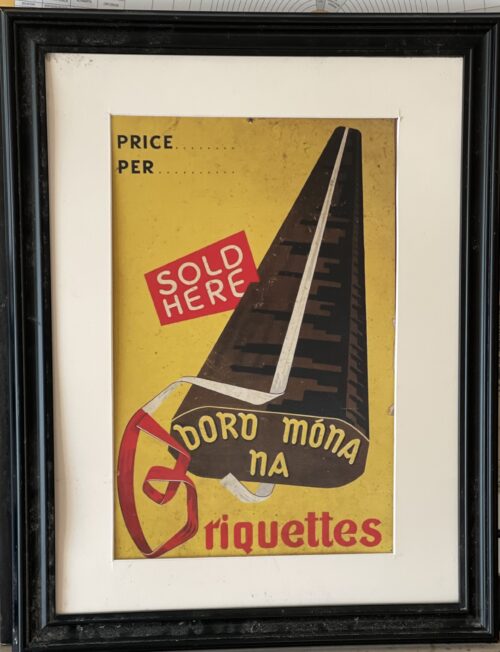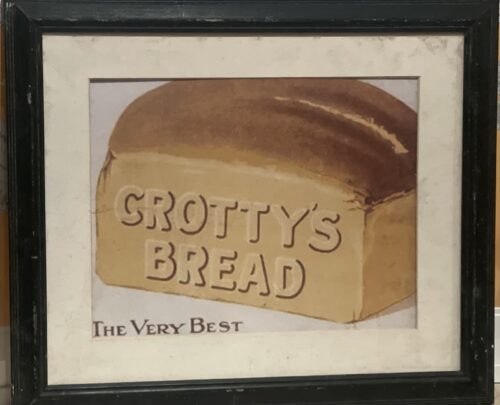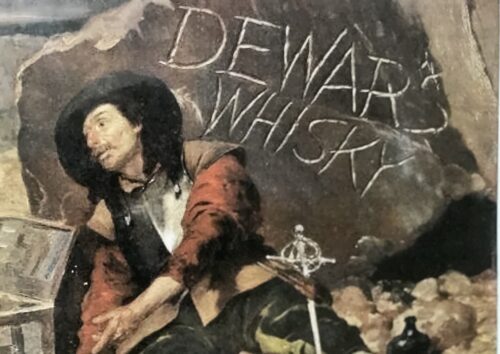There were quite a good number of different Tobacco Houses, in differing regions, that made the plugs. Here's a short rundown of what was available at one time: P. J. Carroll & Co. Ltd. Dundalk ______________________________ Mick McQuaid Plug Anti-Combine Plug (A.C.P.) Bog Oak Plug Tug-o-War Plug Donegal Plug Carroll's Golden Bar Dundalk Bar Striker brown Long Squares Spearman brown Long Squares : Wm. Clarke & Son Cork ______________________________ Galtee More Plug (Flavoured and Full) Nugget Plug Nugget Plug Special Perfect Plug Walnut Plug Cherokee Circular Plug Square Tack Onyx Bar : Gallaher Ltd. Dublin ______________________________ War Horse Bar Army & Navy Plug Wrestler Plug HammerHead Plug Condor Bar A.1. Plug Sixpenny Plug : John Clune Ltd. Limerick ______________________________ Kincora Plug Sarsfield Plug Thomond Plug Honeybee Long square : Murray Ltd. Belfast ______________________________ Warrior Plug Erinmore Plug Yachtsman Plug Luckmore Plug Maple Plug Crowbar Long Square : Wm. Ruddell Ltd. Dublin ______________________________ Velvan Plug Curragh Plug Derby Plug Potomac Plug Best Virginia Plug Holdfast Bar Ruddell's Golden Virginia Bar : G. Spillane & Co. Ltd. Limerick ______________________________ Garryowen Plug Hazelnut Plug Poplar Plug Treaty Plug Warship Long Square : W. & M. Taylor Ltd. Dublin ______________________________ Bendigo Plug Patland Plug Taylor's Navy PLug Farrier Bar Handy Plug Sixpenny Plug : M. & P. O'Sullivan Ltd. Cork ______________________________ Erin's Pride Plug Coupon Plug Take-me Plug : Lambkin Bros. Ltd. Cork ______________________________ Cordangan Plug Exhibition Plug Kentucky Plug Shandon Plug Oaknut Plug : Grant Bros. Ltd. Buncrana, Co.Donegal ______________________________ Crana Plug Ploughman Plug : Fairweather & Sons, Ltd. Dundee _____________________________ Rose Plug Kara Bar : T.P. & R. Goodbody Ltd. Dublin ____________________________ Patriotic Plug Cora Plug
ORD NA MÓNA produces some 315,000 tons of briquettes per annum from 800,000 tons of milled peat. Production takes place at three factories situated at Derrinlough (between Birr and Cloghan), Co. Offaly, Croghan (between Edenderry and Daingean), Co. Offaly, and at Lullymore, Co. Kildare. Lullymore was erected in 1935 and modified extensively in 1957-58, and production is 45,000 tons/annum. Derrinlough followed in 1959 and Croghan in 1961, each producing 135,000 tons/ annum.
There are several descriptions available of earlier attempts at briquetting dried milled peat in Ireland, and of these the most interesting is that by Hodgson (Transactions of I.C.E.1. 1862, and Proceedings of the Inst. of Mech. Engineers 1865) at Derrylea, Co. Offaly. Considerable detail is given in these articles of, not alone Hodgson’s method of winning milled peat on Derrylea bog, but of the erection and operation of the associated briquette factory. Much of the technical data on the process at the time is topical still. Of particular interest is the means by which he dried the peat to 10% m.c. in a 500 foot long scraper dryer, and his development of the string type briquette press claimed to be the progenitor of all subsequent presses as used for brown coal and peat briquetting throughout the world.
Bord na Móna briquettes go to customers in the form of bales (28-lb. bundles), loose or in brickeen form, i.e. single loose briquettes cut into 3 equal parts. These latter are used extensively for industrial boiler applications.
The processing of the milled peat from its arrival in the factory as far as the briquetting and storage stages is shown in the accompanying flow diagram. The data and descriptions which follow refer to the new factories unless otherwise designated.
Following the tippling, blending, fine milling and screening process, it will be seen that the peat tailings are used as fuel in a boiler producing steam at a pressure of 37 atmospheres for a back pressure turbo-alternator of 2,400 kW. maximum output. All power used in the factory is supplied from this source, whilst the low pressure steam at 3 atmospheres passes to the peat dryers. About 9 tons per hour of tailings are used in the boiler, whilst 36 tons per hour of fine peat are conveyed from the screens to the Peco drying process. This system of drying was developed in Scotland during the First World War and the first plant using the system was built near Dumfries. The Peco system is essentially the indirect drying of milled peat by means of hot water and steam while the peat is being pneumatically conveyed in an air/vapour stream. The peat in finely divided form (all through a 10 mm. screen) dries rapidly from its intake moisture-circa 50% m.c.-to 10% m.c. At this moisture content briquettes can be formed under a pressure of some 750 atmospheres in a specially designed press which extrudes the briquettes continuously into cooling runners some 70 metres long. This process is necessary so as to cool and thereby harden the briquettes prior to baling and storage, and to provide steady back pressure on briquettes issuing from the press mouth.
The output of briquettes in the new factories averages 18 tons an hour from an input of 45 tons, or 2.5 to 1 input/output ratio.
Special Equipment
Milled peat as delivered to the briquette factory possesses rather variable physical characteristics in regard to moisture content, bulk density, fibre content, ash content, etc., and there is need to process this variable feed material to make it suitable for manufacturing a finished product of minimum variation from fixed standards. To this end a number of special pieces of equipment have been developed and built into each factory:- Blending Bunker
- Buffer Bunker
- Dryers
- Spiral tubes (dryers)
- Press Prepackers
- Anti-corrosive devices





























